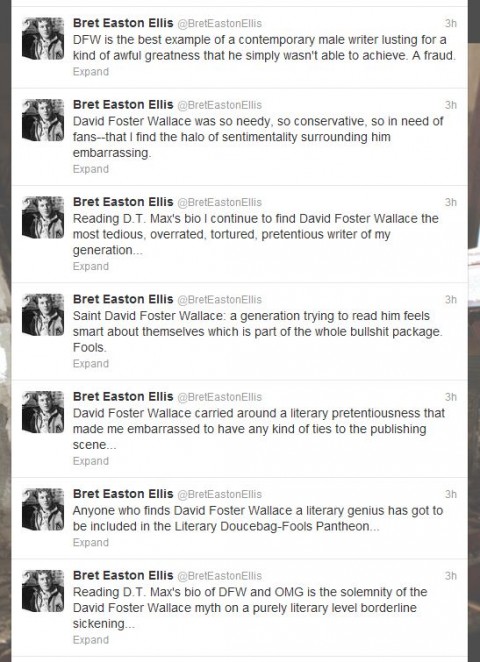In my book Cate Blanchett can do no wrong, but her performance in the Lord of the Rings movies was particularly spellbinding, especially when she spoke the Elvish language of J.R.R. Tolkien’s fantasy universe. Of course, the spell was cast long before when Tolkien used his background as a linguist, historian, and literary scholar to create the elaborate tongue that he called Quenya. In the short clip above, Tolkien himself recites the Elvish poem Namarie, or Galadriel’s lament, from The Fellowship of the Ring novel (it doesn’t appear in the film). Namarie translates as “Farewell,” and the poem in English reads thus:
Ah! like gold fall the leaves in the wind, long years
numberless as the wings of trees! The long years
have passed like swift draughts of the sweet mead
in lofty halls beyond the West, beneath the blue
vaults of Varda wherein the stars tremble in the
song of her voice, holy and queenly.
Who now shall refill the cup for me?
For now the Kindler, Varda, the Queen of Stars,
from Mount Everwhite has uplifted her hands like
clouds, and all paths are drowned deep in shadow;
and out of a grey country darkness lies on the
foaming waves between us, and mist covers the
jewels of Calacirya for ever. Now lost, lost for
those from the East is Valimar!
Farewell! Maybe thou shalt find Valimar. Maybe
even thou shalt find it. Farewell!
The Tolkien recording predates by two years the 1954 publication of the novel—the first of the Ring trilogy. As sci-fi blog i09 notes, Namarie has been set to music, sometimes against Tolkien’s wishes, by several composers. Tolkien did authorize one composition from Donald Swann, included on the album Poems and Songs of Middle Earth (1967), a song cycle from The Lord of the Rings. Tolkien gave Swann the melody, and singer William Elvin’s tenor accentuated the medieval, Celtic quality of the poem. A fan put together the video below.
The other thirteen compositions on Poems and Songs are in English (Tolkien’s poetic skill in his own tongue is perhaps underappreciated). In the short clip below, hear him read “The Song of Durin,” from Fellowship of the Ring, a song sung by Gimli the dwarf as the fellowship journeys deep into the mines of Moria.
As Peter Jackson brings Middle Earth back to life in the theater this December, it’s a good time to brush up on your Tolkien lore. Don’t have time to reread The Hobbit? Listen to Youtube user “Ephemeral Rift” read the entire novel in a whisper. He’s up to Chapter 2 and promises to finish in time for the first film’s release.
Josh Jones is a doctoral candidate in English at Fordham University and a co-founder and former managing editor of Guernica / A Magazine of Arts and Politics.



